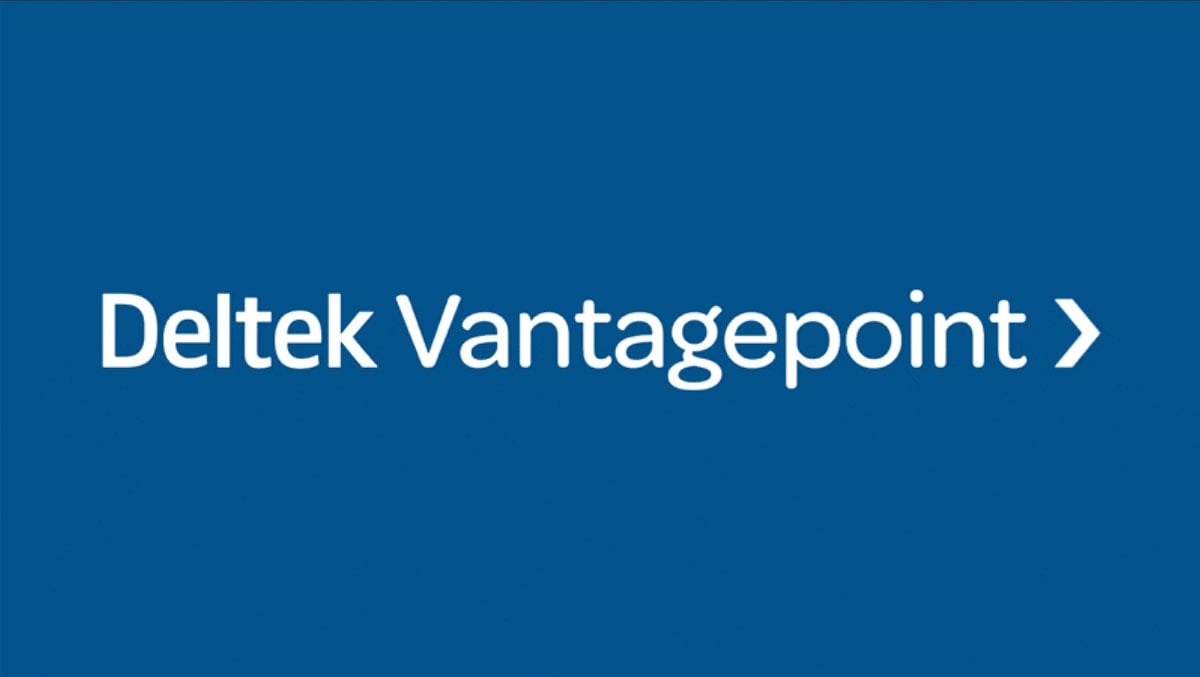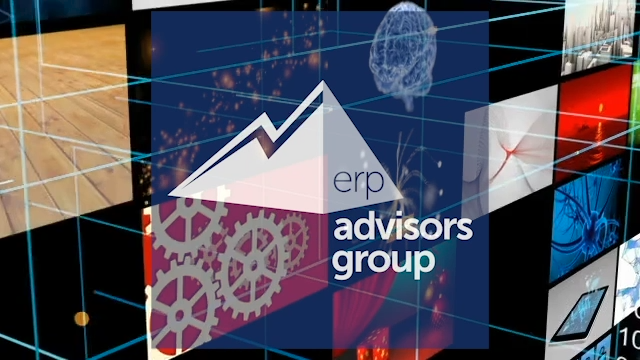 Professional service organizations are different than many other organizations, especially when it comes to choosing software applications for their business.
Professional service organizations are different than many other organizations, especially when it comes to choosing software applications for their business.
When discussing professional services software, you will often hear it referred to as professional services automation (PSA), Services Resource Management, ERP for Professional Services, or Project Portfolio Management (PPM). PPM has a slightly different meaning than the others, as it is often driven more towards internal IT groups or internal project groups with a focus on capitalization of the overall project.
So what is Professional services automation software? PSA is made specifically for architecture and engineering firms, construction firms, CPA’s and accountants, IT Consulting firms, advertising and media firms, lawyers — organizations that are service-based and ultimately sell people’s time. This category of software is beneficial for departments within larger companies as well. For example, Oracle NetSuite ERP software has a professional services department within its organization that implements NetSuite, and they have professional services automation to track time, billing and expenses for each of their projects. If there is a department within a large organization that is running their own project internally, this software can be beneficial in that area.
Evolution of Professional Services Automation
Professional services automation tools have changed exponentially throughout the years. It started as simple task management with a tool such as Microsoft Project, where tasks were listed and who was going to do each task. Then came the evolution of large scale projects such as large construction or aerospace and defense projects where a heavier project management tool was needed like Primavera. Still, these software applications did not focus on the financials of project management until about 1999 when Open Air came on the market. This opened the door for software in the professional services sector.
 Now, software is moving to more cloud-based ERP applications. There are so many applications available for professional services, it can be challenging to choose the right one for your organization.
Now, software is moving to more cloud-based ERP applications. There are so many applications available for professional services, it can be challenging to choose the right one for your organization.
Professional services automation is especially beneficial for professional services organizations that provide a specific service to their clients. These organizations typically utilize a project management tool, but often need tools to track time, expenses, profitability, revenue recognition and more, which is why a specific software tool is needed.
Basic Aspects of Professional Services Automation
This week we are continuing our discussion on the best professional services automation software. If your organization is looking into professional services automation, there are a few basic tools every software should have:
- Time Tracking and Expenses: This is probably the most crucial aspect of professional services automation. It’s imperative that professional services are able to track the time and expenses of a project, what their team is doing, what costs they are incurring, and any additional aspects they are adding on as part of the project.
- The WHAT: Professional services automation will track the specific tasks of a project, the work activity, project plan, work breakdown structure, and anything else related to the project itself.
- The WHO: This aspect of professional services automation tracks the actual people working on the projects. It aids in planning resources like who is available, willing, and has the skills set to work on a project. The application should allow you to see who is working on each project, when they will become available, and their specific skill sets, allowing you greater control over your most valuable resources.
- The Financials: The real meat of professional services automation is being able to track the revenues and the costs to come up with profitability. But, more importantly, is the ability to track what a project costs to deliver by person, by task, by milestone and ultimately if the project is profitable or not. For internal projects, this asset can track against the budget authorized for the project.
- Collaboration: A requirement of professional services automation should be how the project brings every aspect you need into one application. This includes how the team shares information, documents, data about what’s happening, email data, phone calls, texts, and anything else related to the project or client. Good professional services automation will bring it all together to ensure easier tracking on all aspects of the project across team members.
Now that you know what professional service automation is and what tools are typically used in the software, it’s time to select one for your organization. This can be a daunting and overwhelming task that many organizations get hung up on.
Choosing the Right Professional Services Automation for Your Organization
We discussed the requirements for professional services automation, but even with those requirements, how do you know you’re selecting the right one for your organization? When selecting your professional services automation tool, you must look at your requirements as an organization in these areas:
- Project Management: In choosing a professional service automation tool, it’s important to understand your requirements for project management. What do you need in terms of task, project and portfolio management? This aspect of automation helps ensure projects are completed on time, and on budget by tracking milestones and overall project activity and progress.
- Resource Management: If you have 100 — or even 1000 — employees that are billable, you need to be able to see who is available and when, the skill set they have and be able to build out a pipeline for what that individual is going to be doing moving forward. Therefore, your organization must look at its resources and how they want to manage them when choosing professional services automation.
- Financial Management: Effective project costing can be difficult for many service organizations. Looking at your requirements for costing and revenue-tracking is crucial to selecting the right software solution. The cost side can be very specific on what you can charge back to a project and revenue recognition can be extremely complex. Looking deeply into your requirements for financial management is crucial in choosing professional services automation.
- Collaboration: Many clients we work with use multiple applications: note taking, document management, messaging, project management, financials, resource management, time tracking, etc. When looking at professional services automation, it’s important to understand how you want certain tools to work together. If you are able to nail down all of your requirements and bring them together into one application, the better off you’ll be.
Before choosing a professional services automation tool, you must know what your requirements are as an organization for project, resource, and financial management, as well as your requirements for bringing together multiple applications. Don’t bother looking at solutions or contacting vendors until your requirements are clearly defined. Starting with your needs and matching them to solutions after will make your selection process significantly easier because it will be easier to track specific solutions against your needs and priorities. You can also contact us for help in selecting your professional services automation.

.png)



